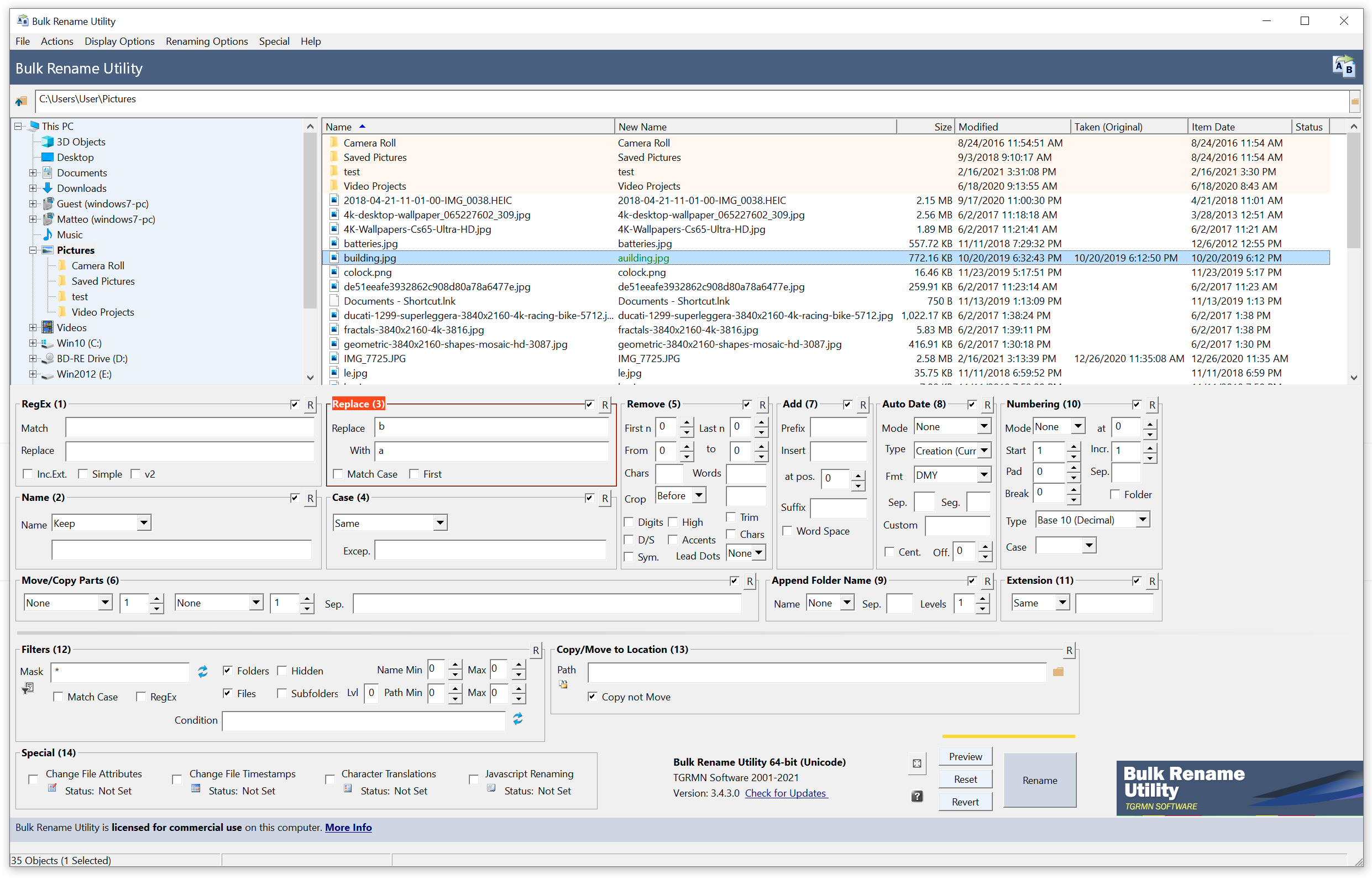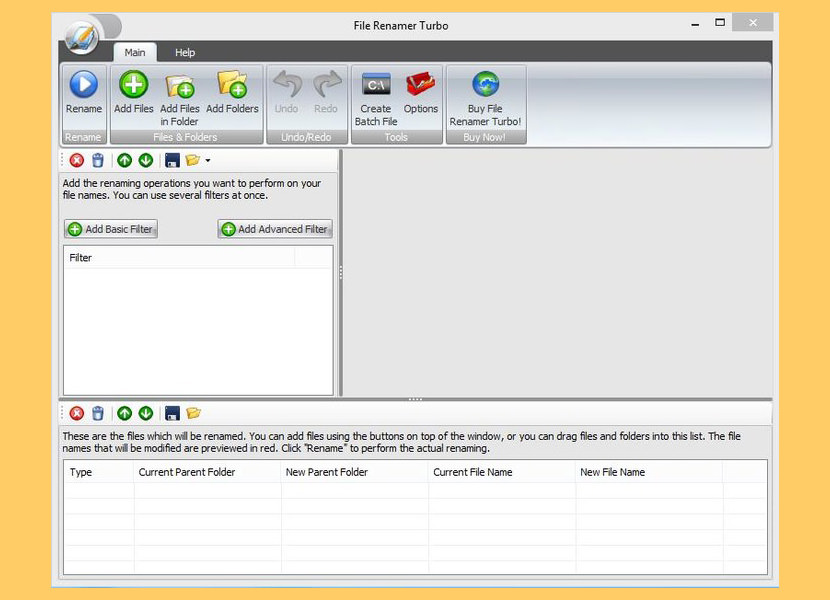
- #BATCH FILE RENAME ADD DATE FULL#
- #BATCH FILE RENAME ADD DATE CODE#
- #BATCH FILE RENAME ADD DATE WINDOWS#
This is the simplest tool for creation of batch files. Typically, to create a batch file, notepad is used. This chapter explains the environment related to Batch Script. ::(Hidden, System, and Read-Only Files are Not Affected) :: Deletes All files in the Current Directory With Prompts and Warnings This Batch Script when run deletes all files in the current directory.

Following is a simple example of a Batch Script.
#BATCH FILE RENAME ADD DATE FULL#
In such case, the full path name must be used unless the file's path is in the path environment. Batch files can also be run in a command prompt or the Start-Run line. Running a batch file is a simple matter of just clicking on it.
#BATCH FILE RENAME ADD DATE WINDOWS#
On Windows systems, this interpreter is known as cmd.exe. Files of this type are recognized and executed through an interface (sometimes called a shell) provided by a system file called the command interpreter. These files have the special extension BAT or CMD. Installing programs on various machines at once.īatch scripts are stored in simple text files containing lines with commands that get executed in sequence, one after the other. Setting up servers for different purposes.Īutomating housekeeping activities such as deleting unwanted files or log files.Īutomating the deployment of applications from one environment to another. Some of the common uses of Batch Script are − Supports advanced features such as Functions and Arrays.Ĭan include other programming codes such as Perl. Has control structures such as for, if, while, switch for better automating and scripting. Some of the features of Batch Script are −Ĭan read inputs from users so that it can be processed further. In most organizations, Batch Script is incorporated in some way or the other to automate stuff. Scripting is a way by which one can alleviate this necessity by automating these command sequences in order to make one’s life at the shell easier and more productive. You may also want to check the following source that contains additional guides about batch scripts.Batch Script is incorporated to automate command sequences which are repetitive in nature. (4) Once you double-click on the batch file, the backup with the timestamp will be created at your target path. Here, let’s save the file as ‘ Backup.bat‘ Set BackupName=Backup_Products_%Yr%-%Mon%-%Day%_(%Hr%-%Min%-%Sec%)Ĭopy "C:\Users\Ron\Desktop\Test\Products.csv" "C:\Users\Ron\Desktop\Test\%BackupName%.csv"
#BATCH FILE RENAME ADD DATE CODE#
(2) Then, type/copy the code below into Notepad. Let’s now see the steps to create a batch script to backup a CSV file called ‘ Products‘ where the file type is “. Example with the Steps to Create the Batch Script

This represents the target path where your backup file will be storedĭon’t forget to put the file type at the end of the paths (for example, for a CSV file, the file type is “.csv”).

“Path where your backup file will be stored\%BackupName%.File Type” You’ll have to ensure that the file name specified is identical to the original file name

This is the source path where your original file is stored. “Path where your file is stored\File Name.File Type” You may change the file name and/or timestamp format This is the full file name with the timestamp format (this file name will be created when you execute the batch script). You may customize the following parts in the code based on your needs: BackupName=File Name_%Yr%-%Mon%-%Day%_(%Hr%-%Min%-%Sec%) Set BackupName=File Name_%Yr%-%Mon%-%Day%_(%Hr%-%Min%-%Sec%)Ĭopy "Path where your file is stored\File Name.File Type" "Path where your backup file will be stored\%BackupName%.File Type" Here is the batch script that you can use to generate your backup file: offįor /f "delims=" %%a in ('wmic OS Get localdatetime ^| find "."') do set DateTime=%%a Batch Script to Generate a Backup File with Timestamp In this guide, you’ll see the full steps to create a backup file with a timestamp using a batch script.


 0 kommentar(er)
0 kommentar(er)
